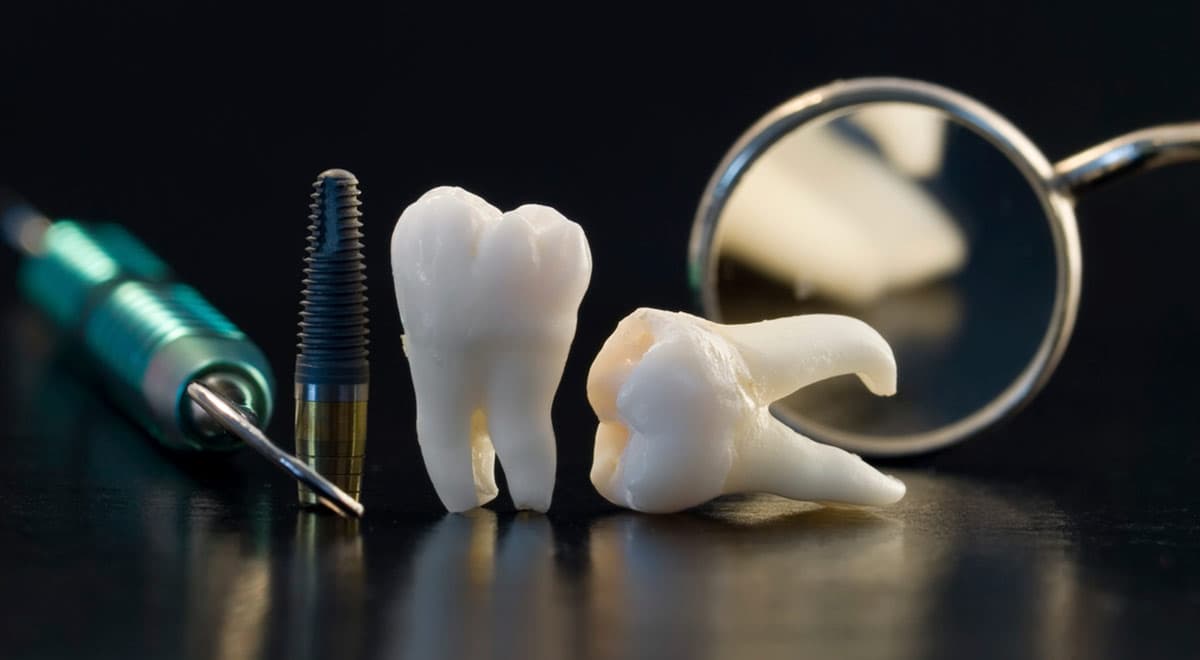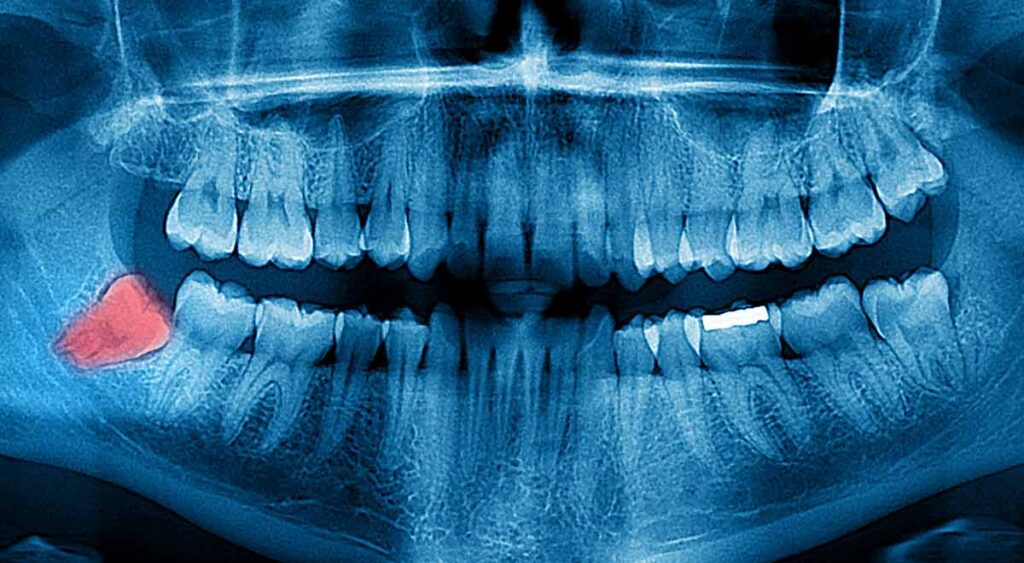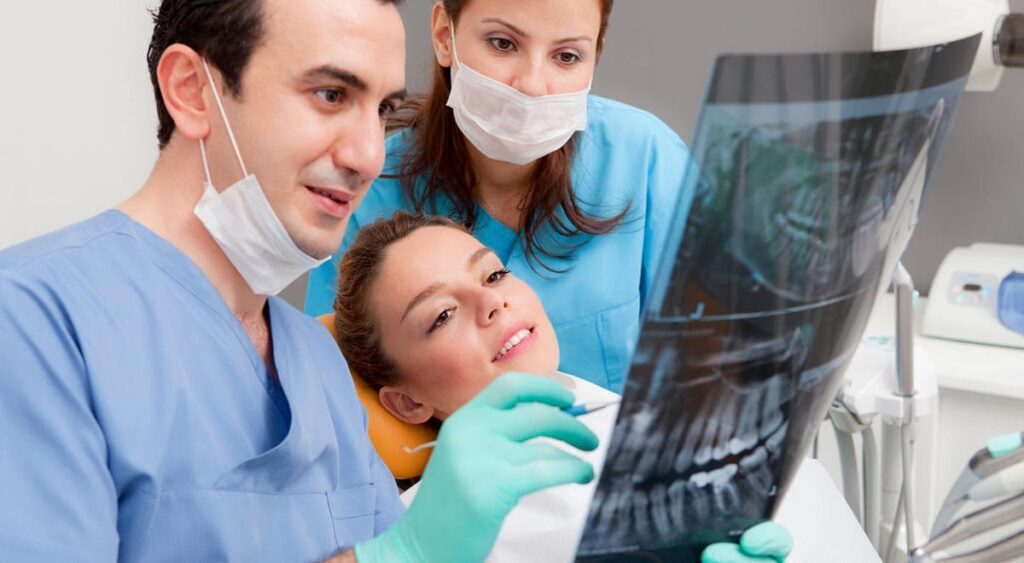Should I Consider Wisdom Teeth Removal?
Wisdom teeth are the last set of third molars to emerge. Most people develop wisdom teeth around the end of their adolescent years – between 17-22. The name ‘wisdom’ is given to the tooth to symbolise the coming of age and presumably marks the arrival of our wisdom.
Depending on individual case, the dentists may advise wisdom teeth removal as a means to prevent infection or further complications.
The arrival of a wisdom tooth is often associated with pain – when you feel a strong tugging pressure in the back of your mouth – due to the lack of space on the jaws to accommodate the emerging tooth. The insufficient space may result in the wisdom tooth: Getting trapped under the surface of the gums; emerging at an inappropriate angle; or protruding halfway through the skin of the gums. When that happens, the wisdom tooth is “impacted”.
The arrival of wisdom tooth is often associated with pain – often a strong tugging pressure in the back of your mouth – due to the lack of space on the jaws to accommodate the emerging tooth.
An impacted wisdom tooth may cause toothaches, gum tenderness or exert excessive pressure on the jaw and neighbouring teeth, often resulting in headaches.
Even when the impacted tooth has not fully emerged, it is actually attempting to break the surface of the gums. This pushing action would cause the other teeth to become misaligned.
Over time, the pressure against the adjacent teeth can cause the following problems: Jaw soreness; pain in the neck, ear and head areas; jaw misalignment. In some cases, the partially impacted teeth may make it conducive for bacteria to breed under the gum’s surface, which can lead to extreme pain and soreness when a cyst or cavity is formed.
Another way to detect the arrival of a wisdom tooth is through professional x-rays. This usually occurs as part of your regular check-up, when the dentist would perform a diagnostic oral exam to evaluate the condition of your teeth and check for any dental problems or growth abnormalities. The x-ray can reveal whether the teeth roots are growing in an irregular fashion or the teeth or at an angle that may soon be causing severe difficulties and pain. For this reason alone, it pays to visit your dentist for regular oral exams – at least twice a year is recommended.
An x-ray can reveal whether the teeth roots are growing in an irregular fashion or the teeth at an angle that may soon be causing severe difficulties and pain.
In most cases, you can judge for yourself whether your wisdom teeth is arriving simply by the soreness and jaw tenderness felt in the back of your mouth – either on the lower or upper jaw. In fact, you can finger along the gums towards the back of your molars to check whether there is a slight protrusion that signal a new tooth is developing under the gums.
For confirmation, a set of x-rays will be able to tell if indeed a wisdom tooth is arriving, and whether there is cause for concern or need for wisdom teeth removal. If you experience any pain in the region where your back molars are, you should see a dentist as soon as possible to discuss the available options.





![36725534_illustration [Converted]](https://www.qualitydental.com.au/wp-content/uploads/2022/08/Quality-Dental-Sydney-46-teeth-whitening-390x220.jpg)

